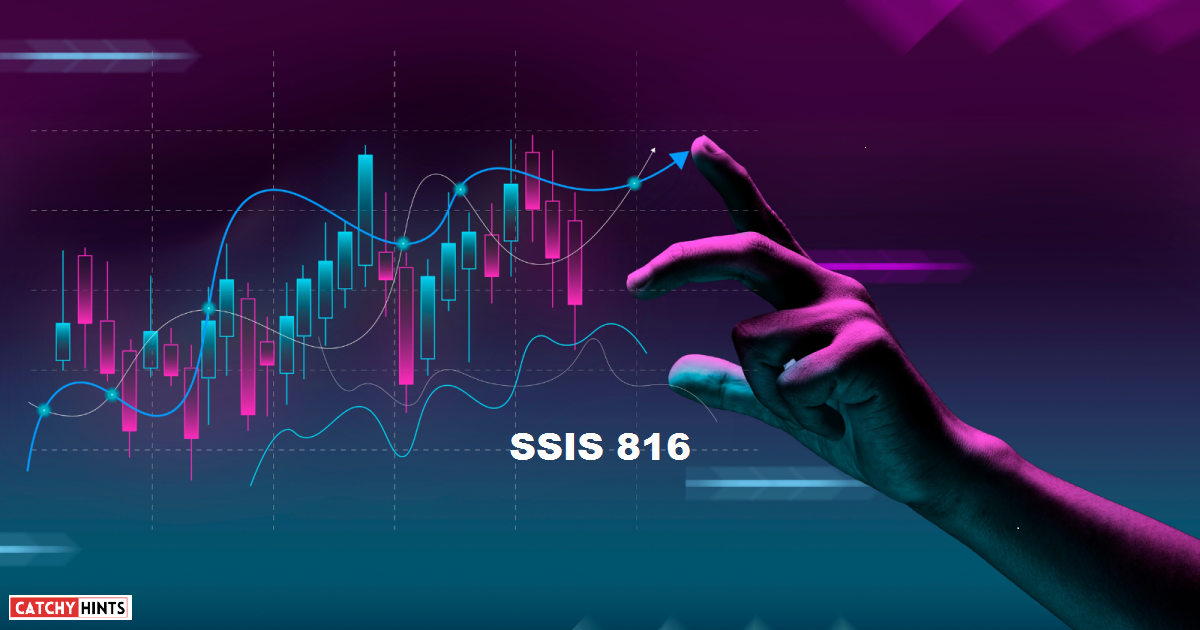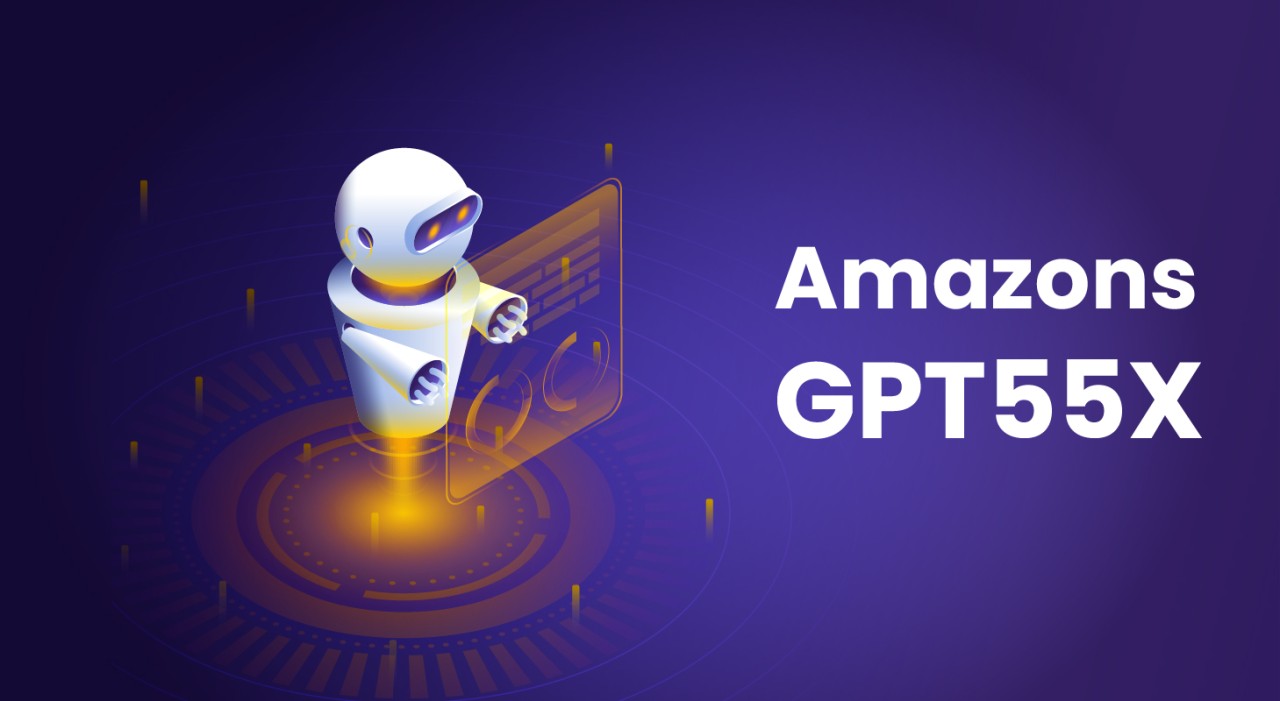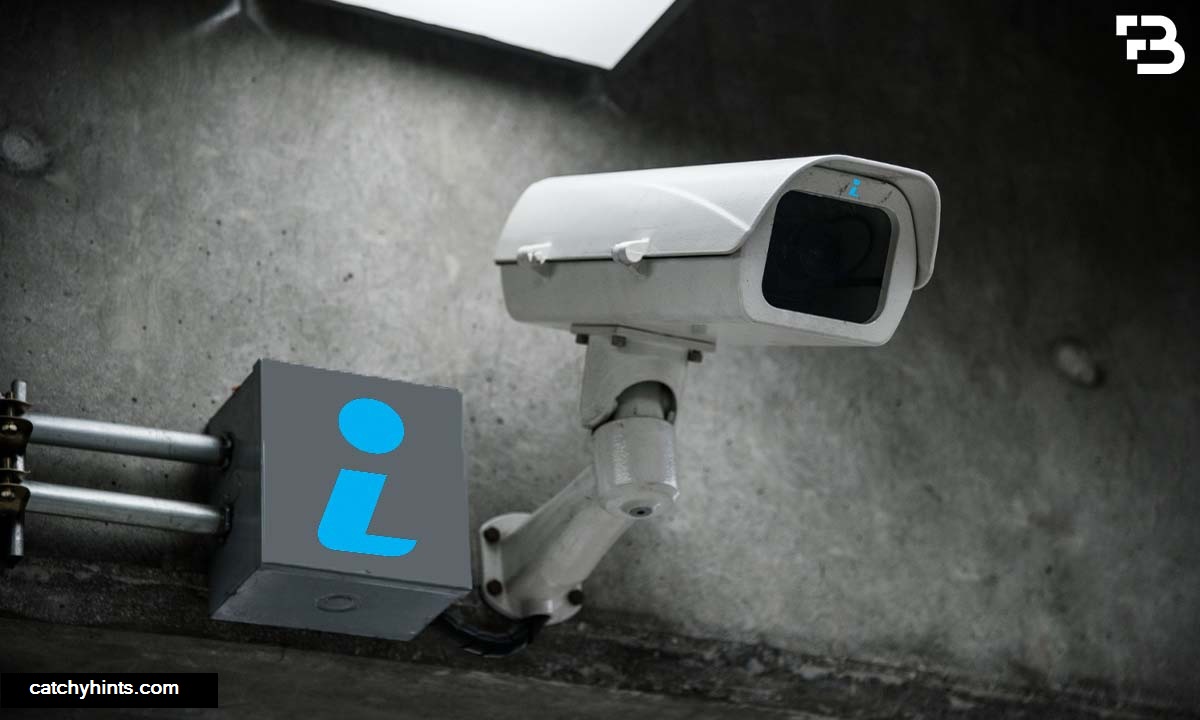On the off chance that you are an information expert or somebody who works with a lot of information, then, at that point, you have presumably known about SSIS 816. This incredible asset is utilized for information joining and change, making it a fundamental piece of any information-driven association. In this article, we will jump profound into SSIS 816 and investigate its elements, advantages, and how to utilize it.
What is SSIS 816?
SSIS 816 represents SQL Server Mix Administrations 2016, which is a part of Microsoft’s SQL Server data set programming. It is a stage for building venture-level information reconciliation and change arrangements. With SSIS 816, you can extricate, change, and burden (ETL) information from different sources into an objective data set or information stockroom.
SSIS 816 was first delivered in 2005 and has since gone through a few updates and upgrades. The most recent variant, SSIS 8-16, was delivered in 2016 and incorporates new elements like superior execution, improved troubleshooting abilities, and backing for cloud-based information sources.
Getting Started with SSIS 816
Installation and Setup
To begin utilizing SSIS 816, you want to have SQL Server introduced on your framework. When you have SQL Server introduced, you can decide to introduce SSIS 816 as an independent component or as a feature of the SQL Server Information Devices (SSDT). If you decide to introduce SS-IS 816 as an independent element, you can get to it through the Beginning menu or by opening the SQL Server The Executives Studio (SSMS).
Creating a Package
A bundle is an assortment of undertakings that perform explicit procedures on information. To make a bundle in SSIS 8-16, you can utilize the Reconciliation Administrations Task format in Visual Studio or the SSIS Import and Commodity Wizard in SSMS. Whenever you have made a bundle, you can add undertakings to it, for example, information stream errands, control stream assignments, and occasion overseers.
Data Sources and Destinations
SSIS 816 backs many information sources and objections, including SQL Server data sets, Succeed documents, level records, and cloud-based sources like Sky Blue Mass Stockpiling and Amazon S3. You can likewise utilize custom information sources by making a custom information source part or utilizing outsider parts.
Advanced Features of SSIS 816
Data Transformation
One of the primary elements of SSIS 8-16 is its capacity to change information. This incorporates cleaning, conglomerating, and consolidating information from various sources into a solitary objective. SSIS 8-16 gives different change undertakings, like arranging, combining, and querying, to assist you with controlling your information.
Error Handling and Logging
SS-IS 816 has underlying blunder taking care of and logging capacities that permit you to deal with mistakes and special cases that might happen during information incorporation. You can design mistake yields for each undertaking in your bundle and determine how to deal with blunders, for example, diverting lines to a mistake table or disregarding them.
Scripting and Customization
SSIS 816 permits you to expand its usefulness by composing custom content in C# or VB.NET. You can utilize prearranging to perform complex information changes or make custom errands and parts. Moreover, you can utilize outsider parts to improve the abilities of SS-IS 816.
Best Practices for Using SSIS 816
Use Control Flow Tasks Wisely
Control stream undertakings are utilized to control the progression of execution in a bundle. It is crucial to use them carefully and keep away from superfluous intricacy. Too many control stream errands can make your bundle hard to keep up with and troubleshoot.
Optimize Data Flow Tasks
Information stream undertakings are answerable for moving information from source to objective. To streamline their presentation, you ought to restrict the number of changes and utilize suitable information types. You can likewise utilize the Information Stream Undertaking Execution Improvement Wizard to recognize and fix execution issues.
Use Logging and Error Handling
As referenced before, SSIS 8-16 has inherent logging and mistakes dealing with capacities. It is pivotal to utilize them to follow mistakes and special cases that might happen during information joining. This will assist you with investigating issues and guarantee the exactness of your information.
FAQs
Q: Can I schedule SS-IS 816 packages to run automatically?
A: Indeed, you can utilize SQL Server Specialist to plan SS-IS 816 bundles to run at explicit times or spans.
Q: Is SSIS 816 only available for Windows?
A: Indeed, SSIS 816 is a Windows-just device and isn’t accessible for other working frameworks.
Q: Can I use SSIS 816 to integrate data from non-Microsoft sources?
A: Indeed, SS-IS 816 backs different information sources, including non-Microsoft sources like Prophet, MySQL, and Salesforce.
Q: Do I need programming skills to use SSIS 816?
Sometimes having programming abilities can be valuable, but it isn’t important to utilize SS-IS 816. The instrument gives an easy-to-understand connection point to making bundles and undertakings.
Q: Can I monitor the execution of my SSIS 816 packages?
A: Indeed, you can utilize the SSIS Inventory to screen the execution of your bundles and view nitty gritty logs and reports.
Conclusion
SSIS 816 is a useful asset for information incorporation and change. With its high-level elements and capacities, it has turned into a fundamental instrument for any association that arrangements with a lot of information. By following prescribed procedures and using their elements, you can smooth out your information reconciliation processes and guarantee the exactness and unwavering quality of your information. So if you haven’t as of now, now is the ideal time to begin investigating SSIS 816 and perceive how it can help your association.




